If you’re starting your research on how to homeschool, you’ll likely encounter a lot of opinions about the best types of homeschooling. But what if you’ve never heard of some of the terms or know what they mean? This quick reference guide will help you understand some of the common homeschool styles used today.
8 Common Homeschool Styles
1. Traditional
This style mimics the brick-and-mortar classroom, relying heavily on textbooks and grouping students by grade and subject. The traditional style of homeschooling is sometimes called “school at home.” It is often used by parents who plan to send their students back to a conventional school eventually.
2. Classical
A strong emphasis on literature, history, grammar, and logic is at the heart of this approach. Students are encouraged to memorize basic information in the early grades, reason logically in the middle grades, and express their ideas skillfully in the upper grades. Classical education is modeled on methods of education used in Europe for hundreds of years.
3. Charlotte Mason
Charlotte Mason was a British educator who was born in the 19th century. She is particularly noted for recommending the use of “living books” instead of textbooks. A living book may be fiction or nonfiction, but it is always well-written by an author with a love for the subject, rather than by a textbook committee. Students “narrate” what they have learned from their reading instead of answering questions. History, literature, nature study, and the arts are emphasized. Homeschoolers rediscovered Charlotte Mason in the 1980s, and many companies now use her ideas in their programs.
4. Unit Studies
Rather than offering subjects separately, unit studies combine several subject areas, such as history, literature, art, or music, around a single theme. Many unit studies include hands-on activities and can be used to teach children of different ages at the same time. The best unit studies help children see the real-life connections between different subjects.
5. Unschooling
Parents who practice this type of homeschooling believe that children will learn what is important when it is important to them. Parents take the responsibility to surround children with tools of learning and facilitate the process according to the student’s timetable. The book How Children Fail, by John Holt (1964), helped to launch the modern unschooling movement. Holt believed that children have an innate desire to learn that is often stifled by conventional schooling.
6. Relaxed Homeschooling
Home educators who are not comfortable with a total reliance on unschooling often choose this style. There is more parental involvement combined with an openness to unconventional ways of learning. The curriculum tends to follow the student’s interests and to take advantage of teachable moments.
7. Online or Cyber Schools
As technology use exploded in recent years, the options for conducting some or all of a student’s schooling online have increased dramatically. Students may take a single course online, or they may utilize a cyber school for their entire curriculum. Some online courses are sponsored by private schools or curriculum publishers, while others are publicly-funded charter schools that use a curriculum meeting the standards of the state in which it is offered.
8. Eclectic
Among all the homeschool styles, this approach to home education is what most parents follow in real life! They use a combination of methods for different subjects, different children, or different times in the educational process. Many well-known curriculum providers use ideas from several homeschooling styles in their materials.
What Do I Do Now?
Beginning or redirecting your homeschool journey doesn’t have to be overwhelming, and there are a lot of resources available to walk you through the decisions. Just remember that your students’ needs may be different at various stages of their education and you’re always able to make changes as you go!




Leave a Reply